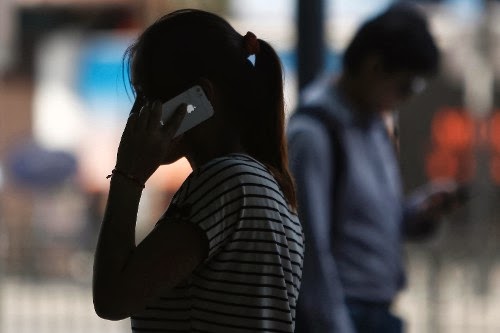For every iPhone users, this is just for you.
The little
circles in the corner of your phone’s screen might be cute, but they’re very
imprecise when it comes to displaying its signal strength. What do four dots
mean, instead of five? Only the designers of iOS 7 know.
Luckily, there’s a way to display a more exact signal on your Home screen — information that’s particularly helpful when you’re in a place with bad service and need to wander around for a better signal.
Here’s how you do it:
5. To cement this info onto your Home screen forever, hold the Sleep/Wake button on the top-right side of your phone and the Home button below your screen until it turns off. When it turns back on, your signal will be numeric.
(If you want to change it back, repeat steps 1-4 but skip the Sleep/Wake + Home button magic trick and exit the field test.)
At the very least, though, you’ll know exactly what you’re paying for.
Hope this help? Do drop your comments.
Thanks for being here
Luckily, there’s a way to display a more exact signal on your Home screen — information that’s particularly helpful when you’re in a place with bad service and need to wander around for a better signal.
Here’s how you do it:
1. Start by
going to your Phone app.
2. Then go to the dial pad.
3. Enter this weird code — *3001#12345#*
— and tap Call.
4. Your Field Test screen will come
up.
Notice that on the upper-left corner of the screen, your signal has morphed into an actual number. Sweet. Just so you know, the lower the number, the worse a signal is Anything above -80 is considered good, and anything below -105 is bad.
Notice that on the upper-left corner of the screen, your signal has morphed into an actual number. Sweet. Just so you know, the lower the number, the worse a signal is Anything above -80 is considered good, and anything below -105 is bad.
5. To cement this info onto your Home screen forever, hold the Sleep/Wake button on the top-right side of your phone and the Home button below your screen until it turns off. When it turns back on, your signal will be numeric.
(If you want to change it back, repeat steps 1-4 but skip the Sleep/Wake + Home button magic trick and exit the field test.)
At the very least, though, you’ll know exactly what you’re paying for.
Hope this help? Do drop your comments.
Thanks for being here









